Ice Dams and Water Damage

Bishop
It’s happened again. Freezing weather, snow building up on roofs of structures in northern climates or mountainous areas, thawing and freezing cycles and, ultimately, water damage from ice dams.
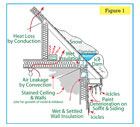
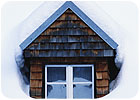
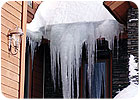
The problem may even be compounded when misguided homeowners block soffit vents to keep the cold air out of attic or garage areas. This practice prevents the ventilation and air movement needed keep the roof decking uniformly cold, and to evaporate moisture from wood decking. Moreover, it may create the stagnant air conditions that encourage mold growth and amplification.
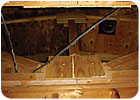
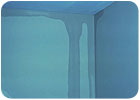
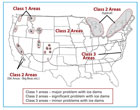
Lacking these construction practices, about the only thing property owners can do is to monitor snow buildup on roofs and physically remove it to prevent ice dams from forming. However, this can be a difficult and dangerous task that may be best performed by experienced professionals.
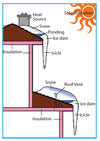
Failure to dry moist building materials can result in the need for major property remediation, due to progressive microbial germination, growth, amplification and spore dissemination, along with concern about associated health effects for building occupants.
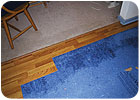
Looking for a reprint of this article?
From high-res PDFs to custom plaques, order your copy today!







